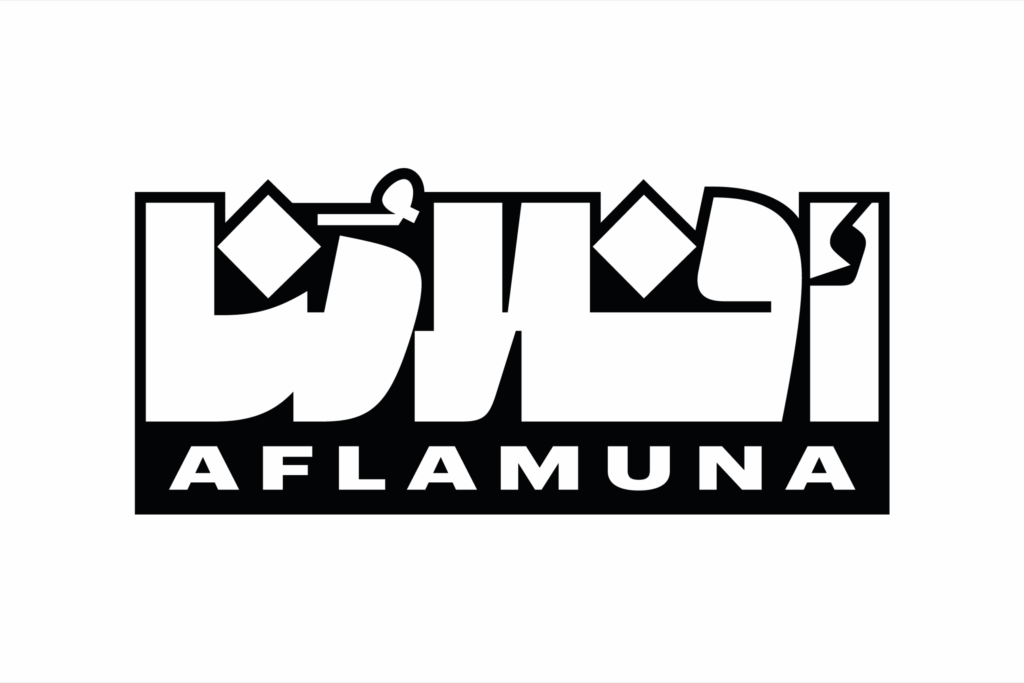PROGRAMME STRAND:
Online programme with Aflamuna
SAFAR is proud to partner with Aflamuna, a cultural non-profit based in Beirut working to harness the power of independent Arab cinema to elevate the most pressing political and cultural movements of our time.
We are presenting a month-long, globally-accessible, free to access programme of films from Lebanon throughout the month of June. Each film is available for a limited time and will be hosted on the Aflamuna website. All you need to do is create a free login and you will be able to watch the films. Visit the website here to explore the films.
Introduction to “Lebanese War Cinema”
Hady Zaccak – Writer, filmmaker, and university professor
“Lebanese War Cinema” may have originated from the many European spy films shot in 1960s Lebanon. These films depicted the city as a battleground between spies during the Cold War. The secret agent’s life fell under threat even in the safety of the hotel where he was staying, which would in turn transform into a real battlefield, a few years later. Then came the films that addressed the Palestinian Cause in different ways and that indirectly depicted Lebanon’s vital role in the Arab-Israeli conflict. The film “Beirut, Oh Beirut” (1975), directed by Maroun Bagdadi, discussed a sequence of internal and external factors that culminated in the war exploding the same year this film was produced.
The civil war gave birth to the Lebanese documentary genre, which until then had mostly been touristic or institutional in nature, with a few exceptions. The television reportage genre began to develop further and turned into cinematic documentaries that explored the social, political, and even personal aspects of reality. These productions were proof of the growing interest in documentary films as a strong political tool, used in particular by Lebanese leftists and the Palestinians. This shift coincided with the emergence of a generation that formed what could be called the “New Lebanese Cinema,” which included several names. In addition to Bagdadi, prominent figures like Borhane Alaouie, Jean Chamoun, and a group of female directors, such as Heiny Srour, Jocelyne Saab, Nabihah Lotfy, Randa Chahal, and many others, rose to the forefront.
Alongside the documentary genre, narrative films returned to depict the “incidents” (as some people referred to the war) and address the sense of loss and disintegration, reflected in images of destruction in the heart of Beirut. Despite the civil war supposedly ending in 1990, Lebanese cinema remained skeptical of that, and “War Cinema” continued to question both the past and the present, despite reconstruction plans being in full swing, all while Israel continued occupying the south of Lebanon, and the Syrian regime mandating over Lebanon.
At the turn of the 21st century, after both occupations had supposedly ended, the war cinema genre remained present through the unresolved issues surrounding multiple historical narratives, collective memory loss, conflicting identities, the tales of those who went missing, and those who sought exile. These never-ending wars, from Israeli aggressions to the disintegration of the Arab world, and deep internal divisions, made for great content for both documentary and narrative film genres. Popular revolutions sought to move beyond the past, yet the specter of war remained dominant. Several films continued to question and deconstruct their reality, as if they were actively participating in writing Lebanon’s contemporary history, which remains officially unresolved.
In this context, the film program presented by AFLAMUNA.online in partnership with Safar Film Festival, opens with “Lebanon in Turmoil” (1975), which captures the outbreak of the Lebanese war, and extends to its ongoing aftermath through a selection of narrative and documentary films produced between 2005 and 2017.

